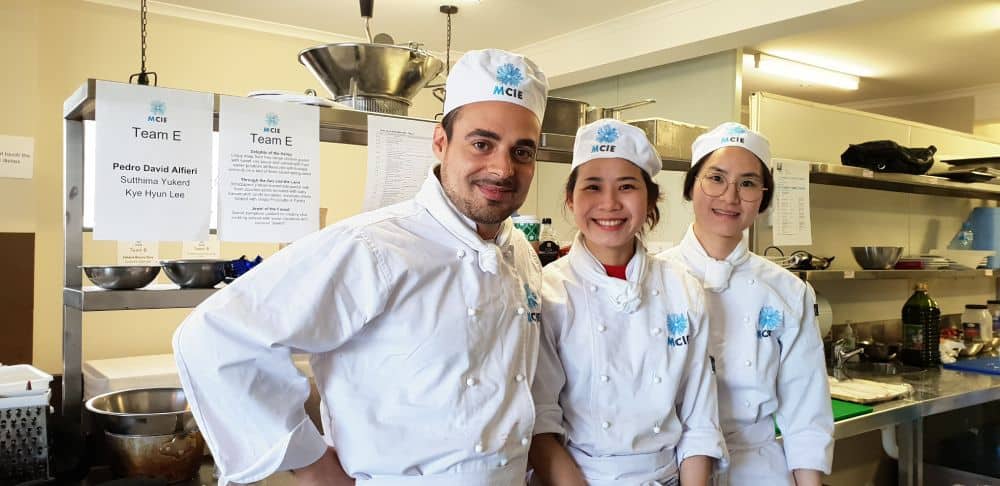If further education after VCE is on your mind but you are not sure whether a direct entry into a university study is the right choice for you then you are not alone. Not everyone takes the straight road from high school into university study. A Vocational Education and Training (VET) Certificate IV (or higher such as a Diploma course) can also put you on the path to higher studies helping you ‘build a foundation’ in your chosen field by allowing you to gain practical experience and a ‘taste’ of the skills required to succeed in the workplace.
Due to their focus on practical education with real-world skills and strong prospects for jobs even without a university degree, VET is a great way to get started in a career of your choice. But don’t take our word for it. In fact, if numbers are your thing, then according to National Centre for Vocational Education Research (NCVER) figures, 4.1million students had enrolled in a certificate, diploma or an advanced diploma course in Australia in 2018.

MCIE students on excursion
Where can VET take me?
VET courses generally take less time to complete than a general bachelor’s degree and open doors for VET graduates to enter the workforce after completion of their training. As per the VET Student Outcomes survey 2018 by NCVER, 79.8% of VET graduates who undertook their training as part of an apprenticeship or traineeship were employed after training.
Since VET institutions specialise in developing occupational skills and competencies for the workforce, you will gain a solid understanding of your chosen field while you pursue your career. With a wide array of industries to choose from, you are most likely to find a VET course that will match your interest or skill set. A VET Certificate IV (or higher) is also a pathway to most undergraduate courses if you wish to upskill and add a university degree to your kitty for career advancement at a later stage.

MCIE students participating in a cooking competition
Where can I study a VET course?
In Australia, VET courses are generally delivered at a privately-owned RTO (Registered Training Organisation) or at an Australian government-financed, owned and operated TAFE (Technical and Further Education). While RTOs are generally more specialised and niche in their course offerings such as childcare, aged care, business or hospitality, a TAFE tends to cover a wide variety of professions and trades and offers a broad certification. Both offer nationally recognised training.
When choosing between an RTO or a TAFE as your training provider, you should consider their past performance, their quality of training, mode of delivery, as well as their placement support after completion of their training. Each RTO or a TAFE has its own unique offering and it essentially comes down to what suits your needs best. According to NCVER figures from 2018, close to 2.9 million students undertook training with a Registered Training Organisation (RTO) and almost 7,77, 100 chose to undertake their training with a TAFE.
While VET courses are designed to develop workplace skills, build competencies, and provide specialised technical know-how and have helped people advance their careers, you might need a hand understanding the dynamism of a VET course ranging from the qualifications (Certificates I-IV and Diplomas) and for course duration ranging from six months to two years. You can give us a call and have chat with our expert education consultants for guidance to choose the right course for you.
With many professions on offer through VET courses, you might just be surprised with the opportunities available through private RTOs that can come your way. Just find your passion, do your research, and prepare to enter the workforce.
You can take on your chosen career with a VET qualification too.

Many job opportunities for graduates in early childhood education and care




